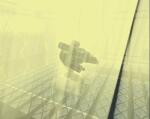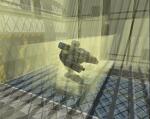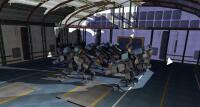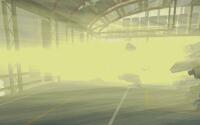Brandon Lloyd, Jeremy Wendt, Naga Govindaraju, Dinesh Manocha
University of North Carolina at Chapel Hill
 |
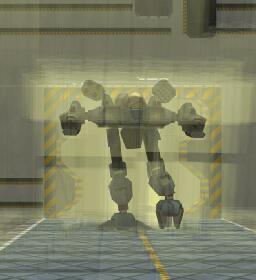 |
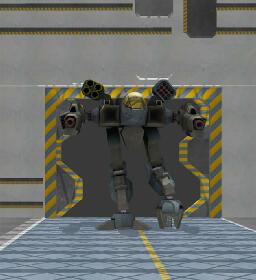 |
Abstract
We present a technique that uses culling and clamping (CC) for accelerating the performance of stencil-based shadow volume computation. Our algorithm reduces the fill requirements and rasterization cost of shadow volumes by reducing unnecessary rendering. A culling step removes shadow volumes that are themselves in shadow or do not contribute to the final image. Our novel clamping algorithms restrict shadow volumes to those regions actually containing shadow receivers. In this way, we avoid rasterizing shadow volumes over large regions of empty space. We utilize temporal coherence between successive frames to speed up clamping computations. Even with fairly coarse clamping we obtain substantial reduction in fill requirements and shadow rendering time in dynamic environments composed of up to a 100K triangles.
Paper (PDF).
Results
Video 512x384 37 MB
Click on any of the following images to enlarge:
|
|

